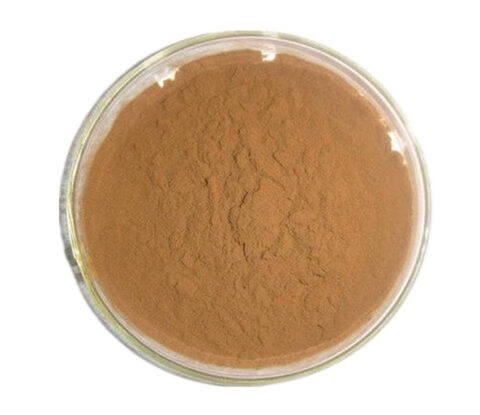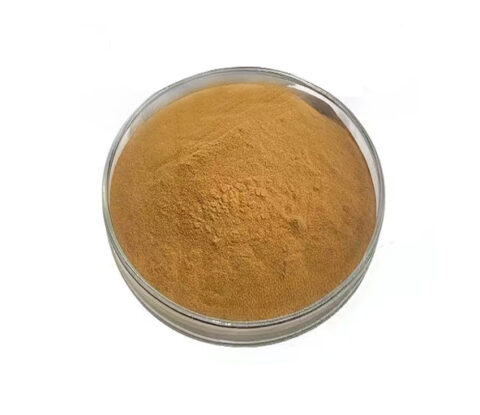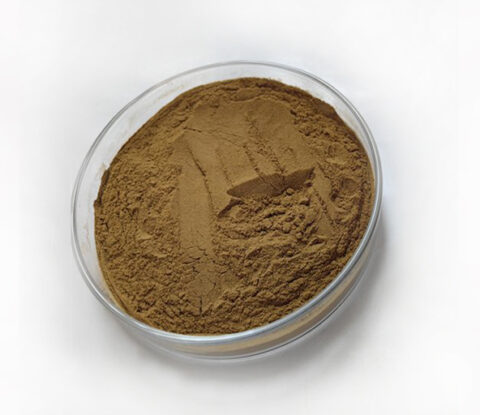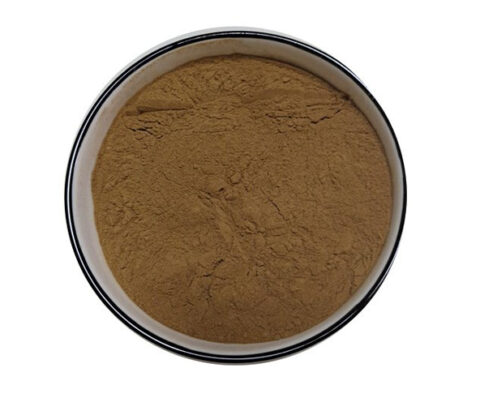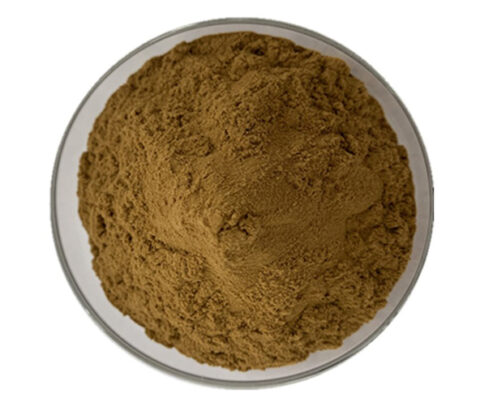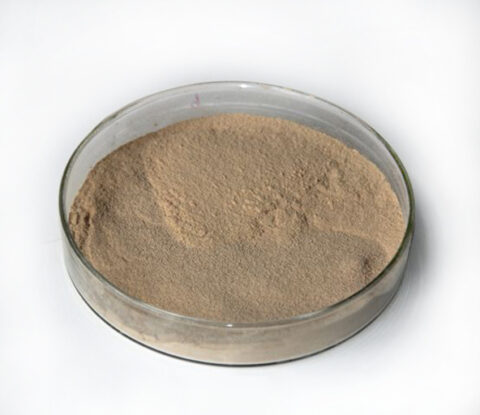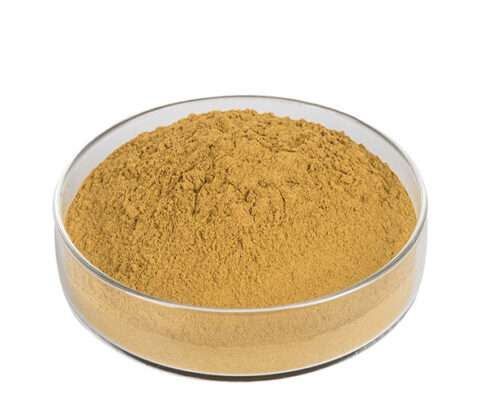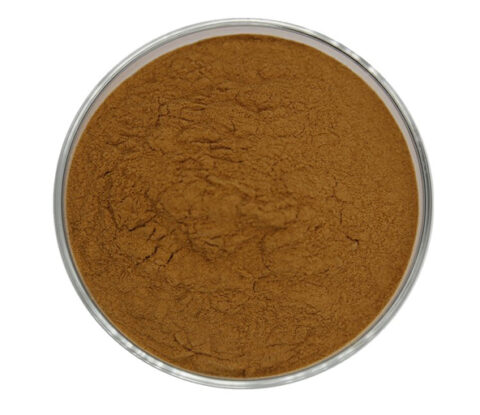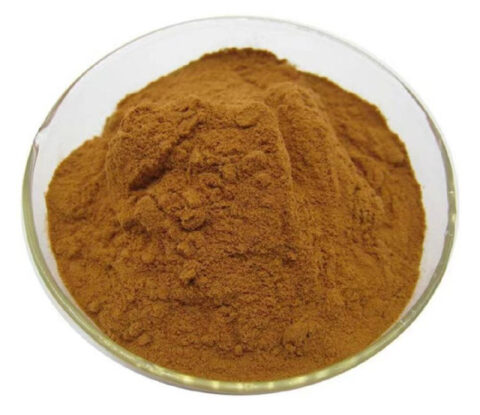
Red Peony Root (Chi Shao) Extract Powder 10:1, 20:1, 50:1 TLC
The functions of cinnamon in traditional Chinese medicine include tonifying fire and promoting yang, inducing fire to return to the original energy, dispelling cold and relieving pain, and warming the meridians. Used for impotence, uterine coldness, lower back and knee pain, wheezing due to kidney deficiency, floating yang due to deficiency, dizziness, red eyes, cold and abdominal pain, vomiting and diarrhea due to deficiency cold, cold hernia, abdominal pain, dysmenorrhea and amenorrhea.
Cinnamon (Rou Gui) Extract Powder 10:1, 20:1, 50:1 TLC
The functions of cinnamon in traditional Chinese medicine include tonifying fire and promoting yang, inducing fire to return to the original energy, dispelling cold and relieving pain, and warming the meridians. Used for impotence, uterine coldness, lower back and knee pain, wheezing due to kidney deficiency, floating yang due to deficiency, dizziness, red eyes, cold and abdominal pain, vomiting and diarrhea due to deficiency cold, cold hernia, abdominal pain, dysmenorrhea and amenorrhea.
Scrophulariae (Xuan Shen) Extract Powder 10:1, 20:1, 50:1 TLC
The functions of Xuanshen in traditional Chinese medicine include clearing heat and cooling blood, nourishing yin and reducing fire, detoxifying and dispersing nodules. Used for warming the blood of the body, treating toxic spots, treating fever and injuring the yin, causing redness and thirst on the tongue, constipation due to fluid damage, bone steaming and coughing, redness of the eyes, sore throat, diphtheria, scrofula, and abscesses and sores.
Rehmannia (Sheng Di Huang) Extract Powder 10:1, 20:1, 50:1 TLC
Rehmannia glutinosa clears heat and cools blood, nourishes yin and generates saliva. Used for warming up the blood in the body, treating toxic hair spots, vomiting blood and bleeding, treating fever and injuring the yin, causing redness and thirst on the tongue, constipation caused by fluid damage, fever due to yin deficiency, bone steaming and fatigue, and internal heat to quench thirst.
Pinellia (Ban Xia) Extract Powder 10:1, 20:1, 50:1 TLC
The functions of Pinellia ternata in traditional Chinese medicine include drying dampness and resolving phlegm, reducing nausea and vomiting, dispelling phlegm and dispersing lumps. Used for damp phlegm, cold phlegm, cough, wheezing, excessive phlegm, dizziness caused by phlegm, dizziness caused by wind phlegm, phlegm fainting, headache, vomiting and nausea, chest and abdominal distension, and plum nucleus qi; External treatment of abscess, swelling, and phlegm nuclei.
Licorice (Gan Cao) Extract Powder 10:1, 20:1, 50:1 TLC
The functions of licorice in traditional Chinese medicine include tonifying the spleen and nourishing qi, clearing heat and detoxifying, dispelling phlegm and cough, relieving pain, and harmonizing various medicines. Used for spleen and stomach weakness, fatigue, palpitations and shortness of breath, coughing and phlegm accumulation, abdominal and limb spasms, acute pain, and abscesses and sores.
White Peony Root (Bai Shao) Extract Powder 10:1, 20:1, 50:1 TLC
The functions of Paeonia lactiflora in traditional Chinese medicine include nourishing blood and regulating meridians, tonifying yin and stopping sweating, softening the liver and relieving pain, and calming liver yang. Used for blood deficiency and yellowing, menstrual disorders, spontaneous sweating, night sweats, rib pain, abdominal pain, limb spasms, headache and dizziness.
Burdock Seed (Niu Bang Zi) Extract Powder 10:1, 20:1, 50:1 TLC
The functions of burdock seeds in traditional Chinese medicine include dispersing wind and heat, promoting lung and rash penetration, detoxifying and promoting throat function. Used for wind heat cold, cough with excessive phlegm, measles, rubella, sore throat, cheek heat, erysipelas, and boils and sores.
Aucklandiae (Mu Xiang) Extract Powder 10:1, 20:1, 50:1 TLC
The functions of wood fragrance in traditional Chinese medicine include promoting qi circulation, relieving pain, strengthening the spleen, and promoting digestion. Used for chest and abdominal distension and pain, severe diarrhea, persistent food accumulation, and lack of appetite. Braised wood fragrance astringent intestines to stop diarrhea. Used for diarrhea and abdominal pain.
